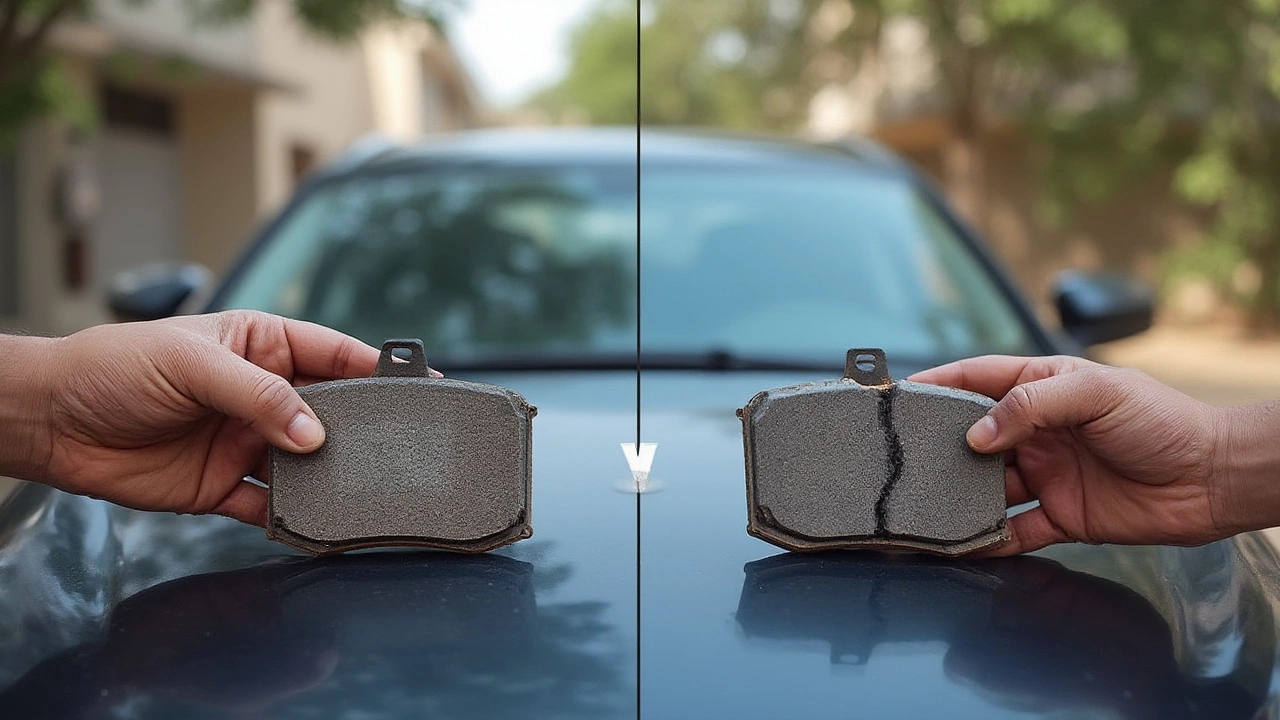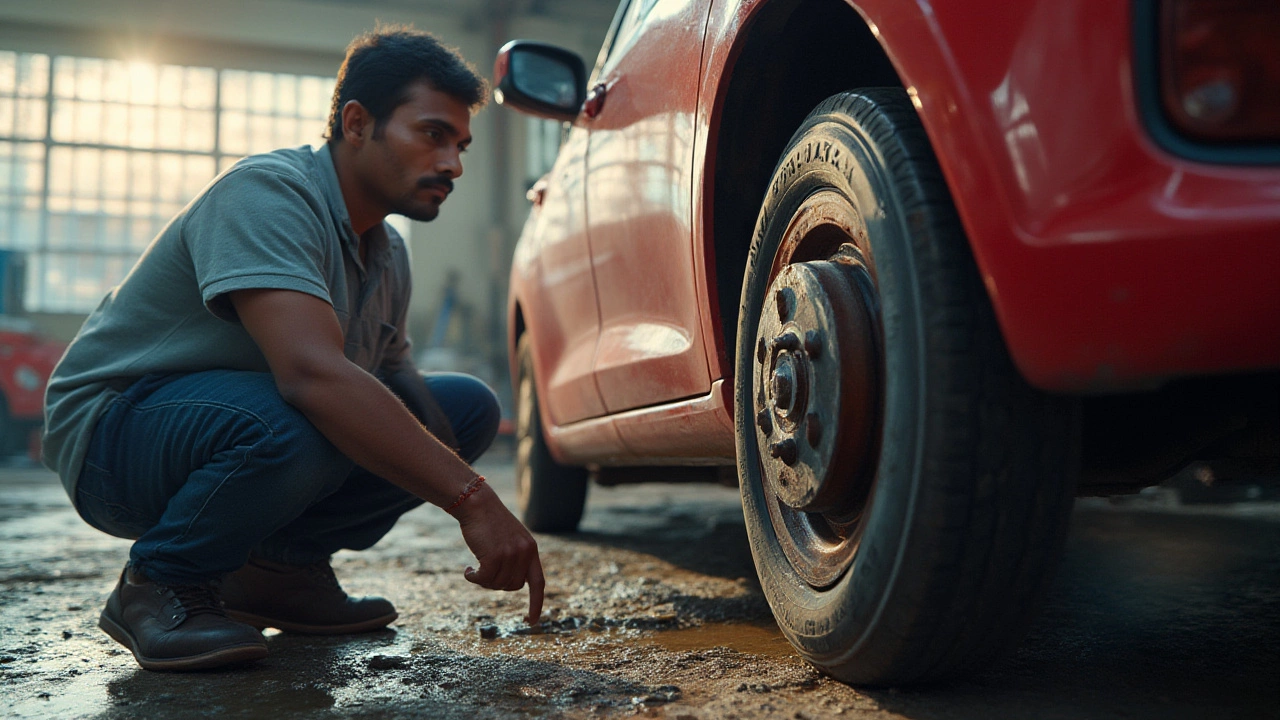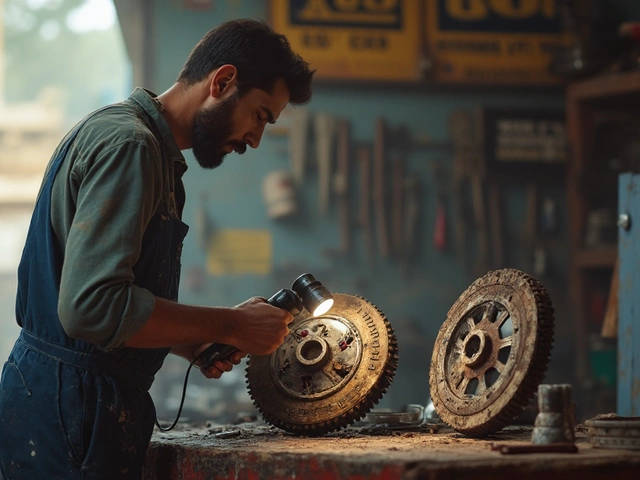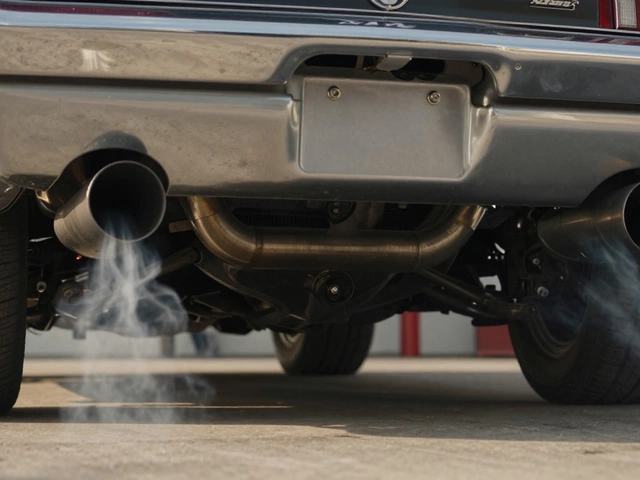Your brakes probably saved your neck more times than you can count, but when was the last time you paid real attention to them? You’d spot a blown tyre or a flailing wiper blade in a second, but dodgy brake pads? For most drivers, brake pads are out of sight, out of mind—right up until they start grinding like a coffee grinder or leave you sweating over the next red light. If you want to keep your mates (and yourself) safe in traffic, you need to know the warning signs before your brakes give out.
Why Brake Pads Matter More Than You Think
Let’s get one thing out of the way: your brake pads are the difference between stopping safely on a rainy morning in Adelaide and sliding into a bumper you’ll be apologising for all week. They’re thin slabs of friction material pressed against a spinning disc or drum whenever you hit the brake pedal. Sounds simple, but they’re designed to take insane amounts of heat, pressure, and dust—all just to slow a tonne or more of steel on command. In Australia, especially with long highway trips or even city stop-start commutes, you’re relying on those pads all the time.
Pad materials matter too. There are organic (softer and quieter), semi-metallic (great for performance and durability), and ceramic (quiet, long-lasting—usually pricier). Most modern cars sold in Australia use ceramic or semi-metallic, but older local models might still carry organic pads. Each wears at its own pace based on how and where you drive. For example, the RACQ notes that typical Australian brake pads last anywhere from 30,000 km to 80,000 km, but I’ve seen folks go through a set in 15,000 km towing a trailer up the Hills regularly.
Why does it matter? Well, when your pads go thin, your rotors and calipers get chewed up next. That means a little delay—like replacing pads late—can turn a simple job into a wallet-busting repair. Suddenly, you’re forking out for new discs, labour, and sometimes even calipers too. A set of pads: maybe $100–$300 in Adelaide, depending on the car and quality. But add rotors and labour? Kiss your next couple of paycheques goodbye.
The Sounds and Sensations of Bad Brake Pads
Barely anyone pays attention to their brakes until they start squealing like a possum stuck in the roof at 3 a.m. Noise is one of the first warnings your brake pads are thin or worn out. What kinds of sounds do bad pads make? You’ll notice high-pitched squeals, grinding, sometimes even a low groan. That classic squeal usually isn’t an accident—it’s often built-in! Many pads come with metal indicator tabs that scrape against the rotor when the pad is at the end of its life. That high-frequency sound is basically your car’s way of saying, “Oi, change my pads.”
But what about grinding? That’s a big red flag. By the time your brakes grind, your pads are likely bare, and the metal backing plate is making contact with your rotors. If you wait this long, you’re already looking at extra costs. Some drivers hear a faint metallic brushing, almost like sandpaper. Ever felt your brake pedal pulse under your foot or have to push it farther than usual? You might dismiss this, but those sensations are your brakes telling you to check the pads—sometimes the rotors have gotten warped because of overheated, failed pads.
Pulsation and vibration should set off alarm bells, especially if you feel them through the steering wheel or pedal under gentle braking. These symptoms often point to uneven pad wear or heat spots on your rotors. And if you’re finding your car is pulling sharply to one side when you hit the brakes, odds are one set of pads is worn out or a caliper is sticking. Even a faint burning smell after hard braking—like after coming down Mt Lofty on a hot day—suggests either the pads overheated or are nearly done for. Ignore these signals, and you risk much more than just a noisy commute.

Visual Checks: Spotting Trouble Before It Gets Expensive
You don’t need to be a mechanic to eyeball your own brake pads—just a jack, a flashlight, and a bit of patience. If you peek through your wheel spokes, you’ll usually spot the brake caliper gripping a flat, shiny disc (the rotor), and the pad sandwiched right up against it. So, how thick should a safe brake pad be? Rule of thumb: most new pads are about 10–12 millimetres thick. If you’re seeing less than 3mm of friction material, it’s time for new ones—stat. Anything thinner and you’re gambling with your braking power.
Here’s the thing: mud, road grime, and even brake dust can make everything look older than it is, so use a torch or your phone flashlight. Compare the outer and inner pad—if one looks much thinner, your caliper could be seizing, causing uneven wear. While you’re snooping around, check the rotors. Deep grooves, blue spots, or visible scoring? Those mean the worn pads have chewed up your rotor face. A smooth metal disc should look shiny but not have major ridges, pits, or bluish patches.
Take a look at the brake fluid, too. If it’s dropping faster than expected, you might have a leak or your pads are wearing at warp speed, causing the caliper pistons to extend further than normal. Some cars (especially modern European or high-end Japanese models) have electronic wear sensors that show a warning light on your dash when the pads are low. If you see that, don’t wait—get them checked.
And if you’re not confident lifting the car or pulling a wheel off, ask your mechanic to check your pads every time you’re in for a tyre rotation or oil change. It only takes a minute, and it could save you the headache of surprise repairs.
How Driving Habits and Environment Affect Brake Pad Life
The life of your brake pads is written in how you drive—and where. A commuter battling through Adelaide’s traffic lights or city centre will chew through pads much quicker than someone cruising the Princes Highway on open road. Every time you brake in stop-start traffic, you’re splitting that friction layer a bit thinner. Hills multiply the effect—heading down the Adelaide Hills every day with a loaded boot is a recipe for rapid pad wear.
Heavy vehicles, like SUVs and utes, with extra gear or towed trailers, squeeze a lot more pressure out of their pads. High speeds, towing, and city driving combine to wear pads sometimes in as little as 15,000–20,000 km. By comparison, country drivers with gentle braking can go twice as long between pad swaps. If you’ve got young drivers or folks who brake hard at every corner, expect to be swapping pads more often than your neighbour who coasts to a stop.
Wet conditions, salt air (on the coast), and dusty rural roads can also grind away at your brake pads. Did you know that short, sharp braking actually wears pads faster than steady, gradual stops? That means tailgaters or late brakers aren’t just annoying—they’re giving their wallets a hiding, too. And let’s not forget the weight in the car; carrying an extra person or load of camping gear adds design stress with every stop.
Here’s a tip: coast to slow down as often as possible, avoid riding the brakes downhill (use low gear where practical), and ditch excess weight when you don’t need it. Swap to top-tier quality pads if you drive hard or in tough conditions—you’ll get a bit more mileage out of them and better stopping power to boot.

When to Replace Brake Pads: Don’t Wait for Disaster
You might wonder if there is a magic number of kilometres for brake pad changes. There isn’t—pad life varies with the make and model, the type of pads, and your driving. But as a rough guide, most folks in Australian suburbs replace pads every 40,000 to 60,000 km. High-performance cars, city taxis, and commercial vehicles might need replacements much earlier, sometimes less than 20,000 km.
Don’t play chicken with brake pad warning signs. If you hear persistent squealing, notice slowing response time, or spot pads thinner than 3mm, book your car in for a fresh set. Ignore these, and you’ll end up with destroyed rotors, longer stopping distances, or—worst-case—a real emergency. Remember, a modern car going just 60 km/h requires about three times more stopping force if the pads are near gone.
| Average Brake Pad Life (km) | Common Pad Type | Typical Cost (AUD) |
|---|---|---|
| 30,000 – 40,000 | Organic | $80 – $150 |
| 40,000 – 60,000 | Semi-metallic | $100 – $250 |
| 60,000 – 80,000 | Ceramic | $180 – $350 |
Avoiding brake failure means listening to your car. When in doubt, trust your ears, eyes, and how your foot feels on the pedal. If braking just doesn’t feel right, odds are your pads are begging for a fix. Stay on top of routine checks—replace your pads at the first sign of issues, not the last. Good brakes are your last line of defence on Aussie roads, so treat them with respect. Nothing shouts "road safety" louder than well-maintained brake pads—your brake pads are the real MVP when it comes to safe driving.




